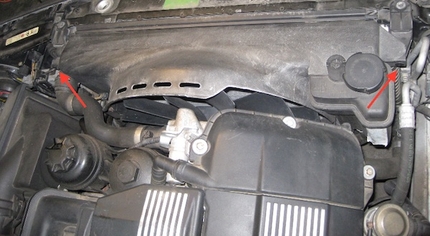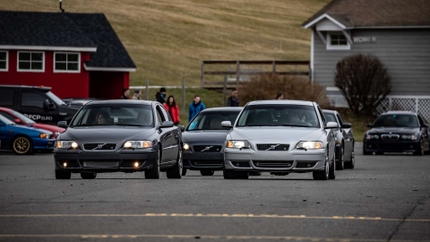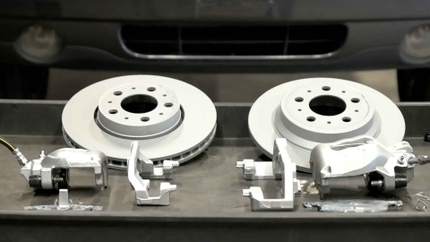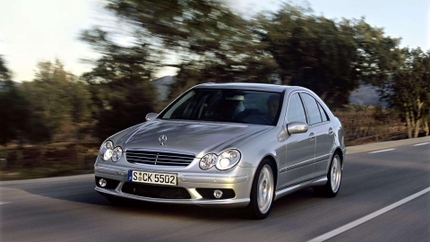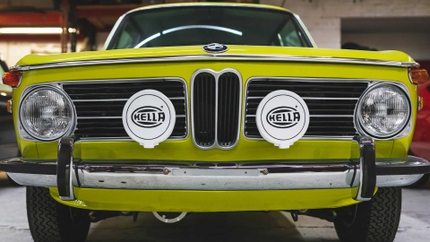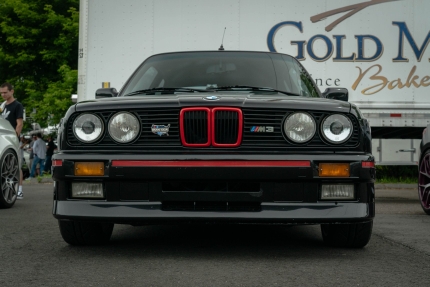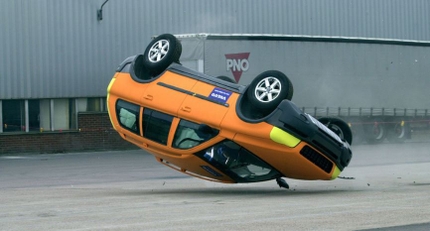- 06/03/2015
- 1 Min Read
- By: Greg Duffield
Mercedes-Benz ML and GL Manual Tailgate Conversion (W164 and X164)
A common ailment to the 2006-2012 Mercedes-Benz ML and GL (W164 and X164) is the automatic tailgate. The automatic tailgate is an option that was almost always been chosen when they were new.
If you own one of these, chances are you have had trouble with inconsistent closing, opening, and latch engagement. There are multiple points of failure in this system that includes the hydraulic pump/ram assembly, ram bracket, tailgate latch, and obstruction sensors.
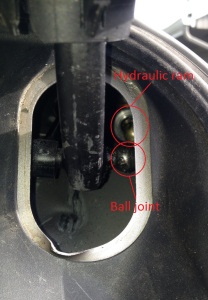
Recently, the tailgate on my ML began acting up: sometimes failing to close automatically and opening only halfway. After discovering that the price of a new hydraulic pump/ram assembly was $1000+ I decided that this was an option that I did not necessarily need. I examined how the ram mechanism worked and decided to disable it completely.
The first thing I did was order new tailgate struts. I specifically ordered the struts for an ML equipped with a manual (non-automatic) tailgate. These struts have a much higher pressure needed for opening and closing the tailgate without the assist of the hydraulic ram. After procuring parts, I opened the tailgate and loosened the right obstruction sensor. This is the black plastic cover around the tail lamp that has a wire running behind it. Next, I loosened the rubber boot around the bracket that the ram attaches to. Important note: I was very careful not to damage the rubber grommets for the obstruction sensor and the boot for the bracket. These can be sources of water leaks if not handled with care
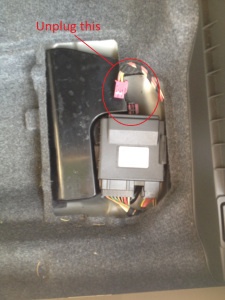 While supporting the tailgate, I disconnected the ram’s ball joint with a flathead screwdriver and pressed the button for the tailgate to close. The ram pulled itself in and out of the way. At this point, I would recommend placing a small towel or foam around the ram so it does not make noise bouncing around when driving. The next thing I did was replace the tailgate struts and disconnect the 12V leads to the hydraulic pump. The pump is located under the spare tire in a small plastic box.
While supporting the tailgate, I disconnected the ram’s ball joint with a flathead screwdriver and pressed the button for the tailgate to close. The ram pulled itself in and out of the way. At this point, I would recommend placing a small towel or foam around the ram so it does not make noise bouncing around when driving. The next thing I did was replace the tailgate struts and disconnect the 12V leads to the hydraulic pump. The pump is located under the spare tire in a small plastic box.
There are a few optional repairs to be done while you are here. First, check the condition of the bolts that attach the ram bracket to the tailgate. These are notorious for shearing off after they work themselves loose. I recommend replacing them and using a quality threadlock to keep them from backing out. Also, check the bolts for the tailgate itself.
Second, check the function of your tailgate latch. It should “suck” the tailgate in from the first to second detent. Early latches did not do this but you can check them by moving the tailgate to see if there is any looseness. It is common to get a tailgate open warning in the instrument cluster while driving if this is the case. Third, adjust the tailgate striker if necessary. There should not be a loud pop when opening the tailgate when the latch releases. This usually is indicative of a striker that has been adjusted too tightly.
After completing this conversion, I was much happier with the tailgate’s function. I am now able to open and close it much faster than before. I don’t have to wait for the tailgate to slowly open or close and eventually fail. I still have the closing assist function of the tailgate latch which keeps me from having to slam the tailgate shut. I actually consider this conversion to be an upgrade from the unreliable, automatic system.

